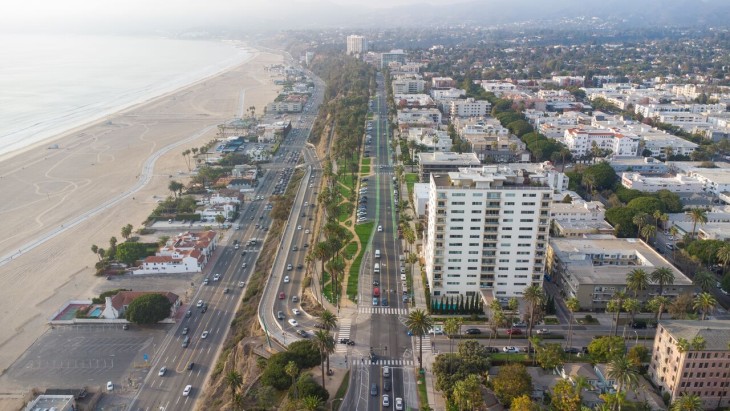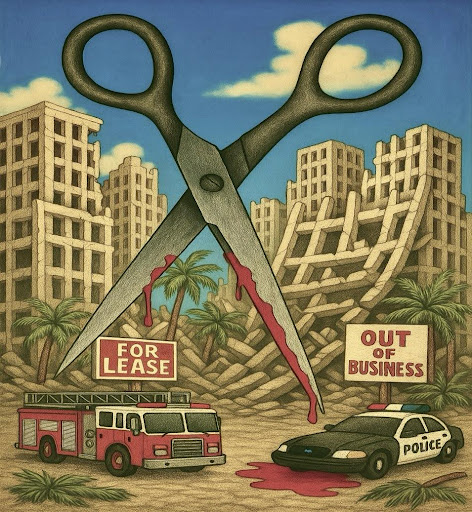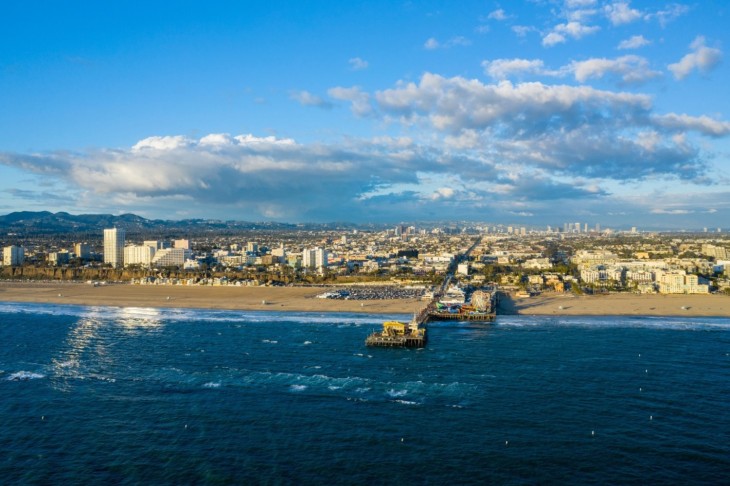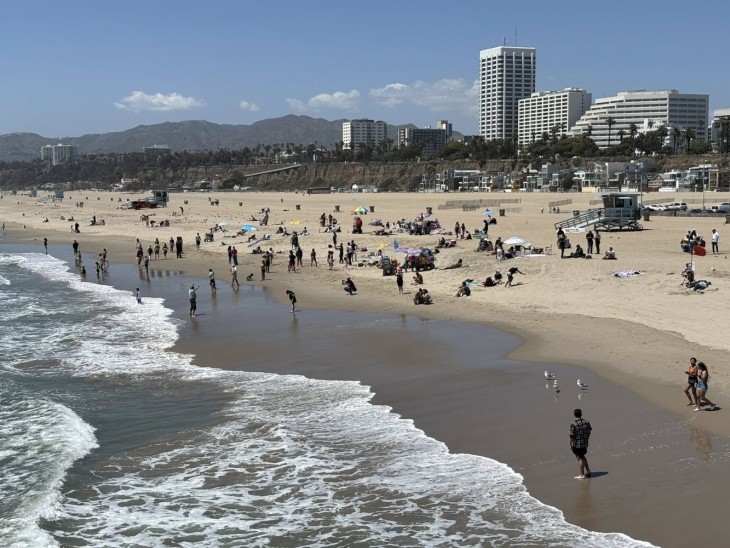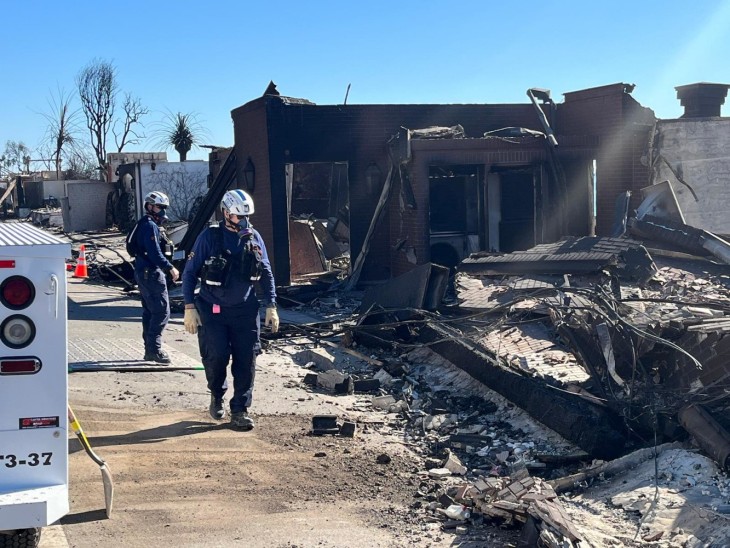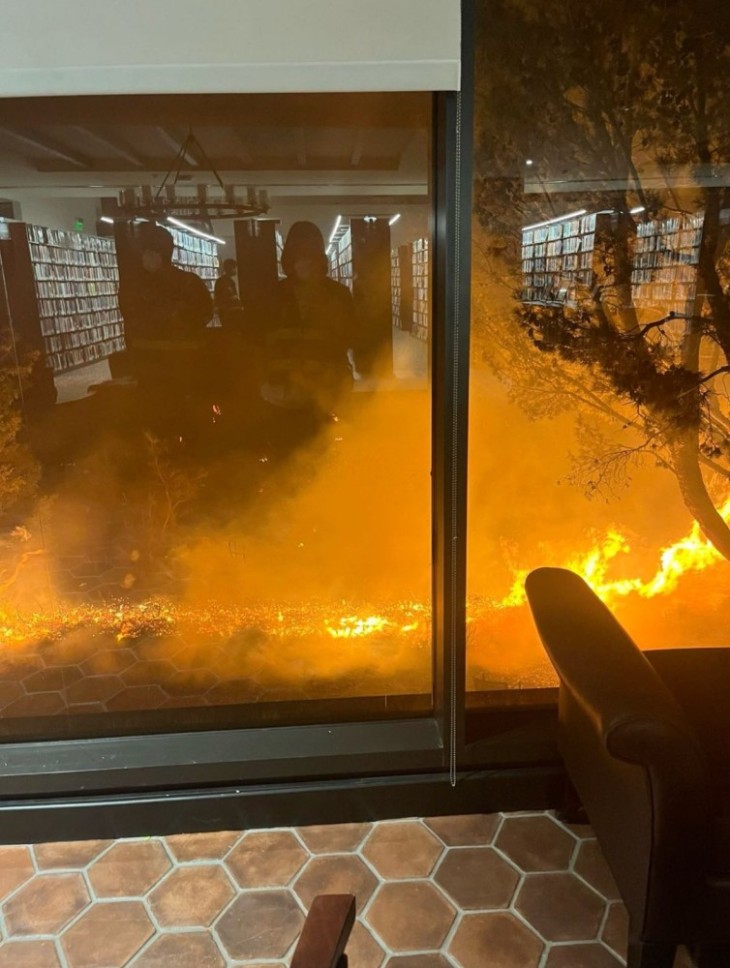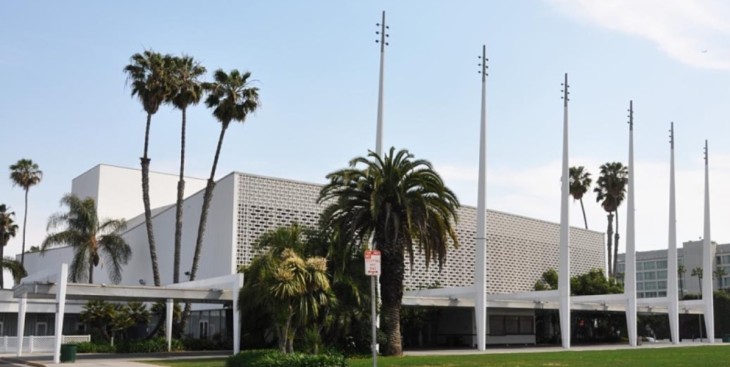It’s hard to find any government program that helps both the physical and financial health of many Californians and also fattens the state’s own coffers.
But a new study from UC Berkeley indicates that’s how parts of the federal Affordable Health Care Act may play out, in spite of all its vocal detractors.
The controversial law, shunned by governors and legislators in most of the 23 states where Republicans enjoy full control, already has seen more than 450,000 young adults in California gain insurance coverage and state residents on Medicare save upwards of $600 million on prescription drugs, compared to what they paid in 2009-10.
But the really big benefits for California are yet to come, says the report, authored principally by policy analyst Laurel Lucia of Berkeley’s Center for Labor Research and Education. The study does not consider Obamacare’s effects on businesses or on individuals who already have health insurance, nor does it include a $674 million federal grant awarded in mid-January to help set up the “Covered California” insurance exchange.
“The state has the chance to improve the health of its residents by greatly expanding health care coverage at a relatively minimal cost,” Lucia said. “This expansion would also translate into much-needed new jobs for many Californians.”
If forecasts in the Berkeley study (http://laborcenter.berkeley.edu/healthcare/medi-cal_expansion.shtml) prove correct, it will also provide a yet-unknown cash boost for hospitals and trauma care centers that have long had to eat at least some costs of “safety-net” coverage for the poor.
That’s because at least 750,000 low-income, under 65 Californians who lacked health insurance before Affordable Health passed, but were able to get no-cost (to them) emergency treatment are expected to have enrolled in Medi-Cal by 2019, solely because of Obamacare’s expansion of Medicaid eligibility. About 500,000 have already signed onto county low-income health programs over the last two years, almost all of them likely to switch to Medi-Cal by the end of 2014.
As many as 1 million more low-income Californians are newly eligible but not yet signed up for Medi-Cal, the state’s variant of Medicaid. Not all will enroll even though the federal government will pay all their medical costs in 2014-2016 and 90 percent after that.
Those who do get insured will cost the state less than $75 million, below even the amount of state tax revenue likely be created by the 100,000 new healthcare jobs the Berkeley researchers estimate the new health insurance system will spawn.
Meanwhile, 85 percent of whatever it costs to inform and sign up new Medi-Cal patients will be paid by the federal government. The 15 percent state contribution may be less than what it now pays for emergency care to the uninsured.
So enticing are these benefits that even Arizona’s ultra-conservative GOP Gov. Jan Brewer reversed course and decided to take her state into the new system’s expanded Medicaid setup.
Even before new Medi-Cal enrollments begin in earnest, reported Anthony Wright, executive director of the Sacramento-based consumer advocate group Health Access, California was getting a net benefit of $500 million per year from Affordable Health. That money was one reason Gov. Jerry Brown could propose a balanced new budget this year.
Once the system is fully operational next year, he said, the net benefit to California should be upwards of $1 billion, compared with previous state health care spending.
Wright and Lucia both said that while neither they nor anyone else can yet pinpoint the exact amount of California’s fiscal Obamacare bonanza, “there is the opportunity for a lot of additional savings.”
Beside the benefits to newly-eligible Californians, more than 2.1 million over-65 Medicare patients in the state are already getting free preventive services like mammograms, pap smears and colonoscopies, or free annual visits with their doctors. That’s in addition to 6 million state residents who stopped forking over co-pays for such preventive services when the first parts of the Affordable Health Care Act became effective in 2011.
All is certainly not perfect in this rosy Obamacare picture. Even if everyone eligible enrolls, there will still be more than 1 million of the uninsured living in California, with counties and hospitals mostly on the hook for their emergency room care.
Ex-Gov. Arnold Schwarzenegger famously claimed that each of them costs everyone who pays for health insurance $200 per year, calling it a “hidden tax.” His figure was pretty close to accurate, says Wright, who adds this means health insurance buyers will stay on the hook for about $200 million – much less than before, but still a considerable amount.
Disputes over who should fund this safety-net care will continue through the spring and into future budget-writing seasons, keeping politicians busy.
But it’s high time to recognize the minimum that Obamacare offers California: Coverage for many hundreds of thousands of the previously uninsured, plus savings both to low-income individuals and the state that together will mount well into the billions.




